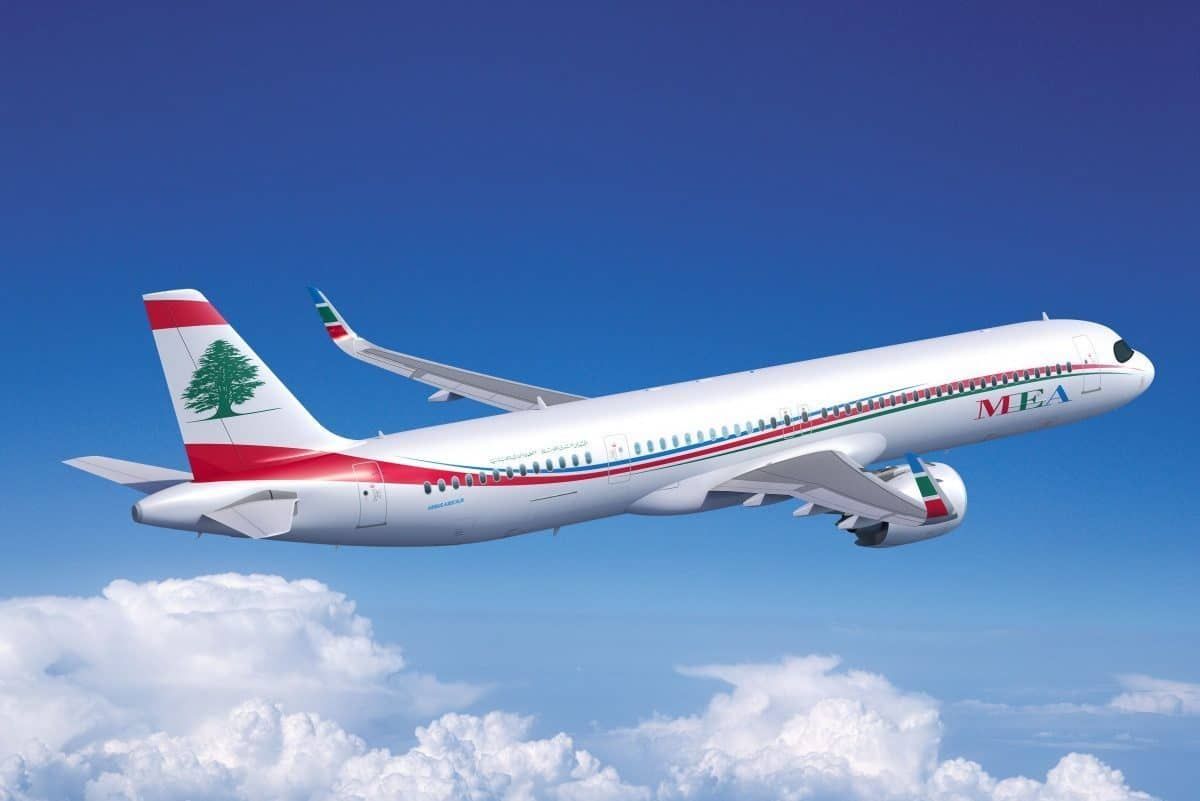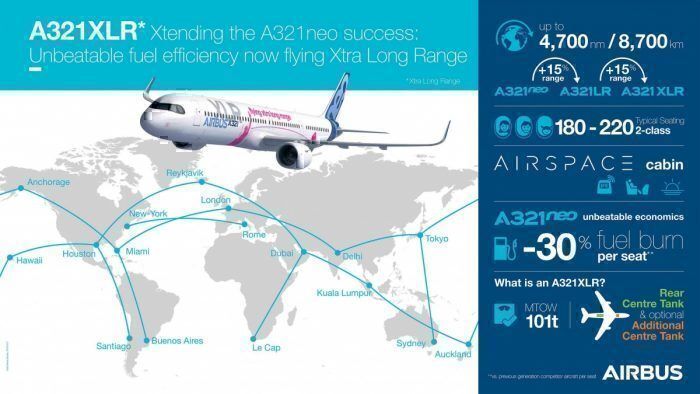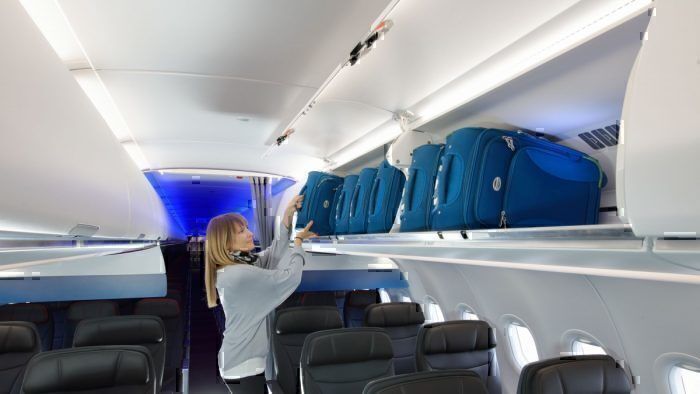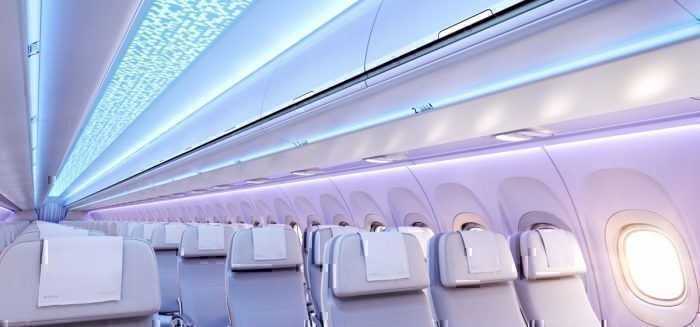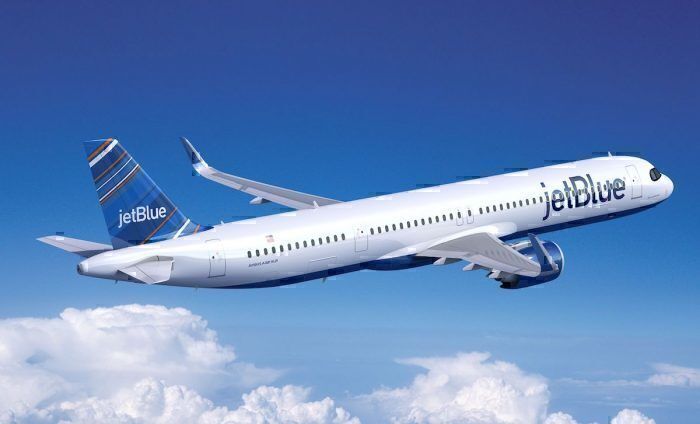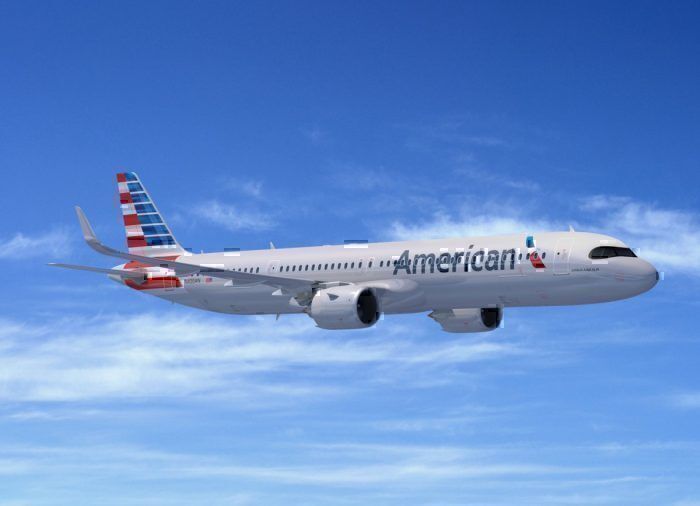The Airbus A321XLR was launched at the Paris Air Show on Monday, and since then has sold like a proverbial hot cake. With 243 commitments including 152 new orders, it’s clearly a popular plane. Let’s find out why.
When Airbus announced the A321XLR even before mid-morning coffee on day one of the Paris Air Show, we knew it was going to be a hit. There had been a great deal of talk around the plane the lead up to the event, with much of the industry predicting it would be announced at the Show.
However, nobody expected quite the response that Airbus ended up getting. Finishing the show with just shy of 250 commitments to the new plane was quite an achievement, but why was it so popular?
What’s so good about the A321XLR?
There’s so much that’s infinitely better about the A321XLR, it’s not entirely surprising that so many airlines are ordering it. The range is the big seller, adding 15% over the A321LR, which itself has a 15% greater range than the A321neo. Airbus claim a 30% reduction in fuel burn per seat, of which it can fit between 180 and 220 in a typical two class configuration.
The upgraded landing gear supports a 101 ton MTOW, which is necessary to carry the larger rear center fuel tank. Further to this, airlines can also add extra center tanks to realize the full 4,700nmi potential of the aircraft. By placing the tanks in this location, Airbus have ensured a mega capable range, whilst still leaving space for plenty of bags and cargo.
It opens up a world of possibilities for airlines to open new point to point services, connecting underserved city pairs that would otherwise be uneconomical.
What about passengers?
For passengers, spending 10+ hours on a narrowbody plane might sound like their idea of hell. Some have expressed concern at the PaxEx on the A321XLR, suggesting that the cabin pressure might increase jet lag. However, this has largely been dismissed against all the positive passenger attributes of the plane.
According to Airbus, the A321 has the widest single aisle cabin in the sky and is a whole seven inches wider than a 737. As a result, seats are often as wide as the economy seats in a widebody, offering 18” as opposed to the 17” of most narrowbody planes.
Better still, there’s no way any airline can squeeze in an extra seat, so they’ll definitely stay that way. The pitch on the A320 family in general tends to range between 32” and 34”, which is a competitive figure.
As well as generous width and pitch, Airbus are fitting the XLR with their Airspace Cabin, which promises larger bins, inbuilt connectivity and a jetlag friendly lighting system. With airlines eyeing long haul routes with the A321XLR, the PaxEx will be a strong focus in its early days of operations.
Who ordered the A321XLR?
With a staggering 243 commitments to the A321XLR, of which 152 were new orders, the new aircraft has proven to be one of the biggest sellers for Airbus at any air show. It’s an astounding number for any new aircraft, particularly in the current climate of purchase slow down.
In total, Airbus received 39 firm orders for the XLR, as well as 99 MoUs and LOIs. 14 were retained on option, and 91 were orders coming from upsized previous commitments. Orders were received from:
- MEA: Four swaps from the A321neo
- Air Lease: 27 new orders
- Cebu Pacific: 10 new orders
- Saudia: 15 new orders
- IAG: 28 total, comprising 14 orders and 14 options destined for Aer Lingus and Iberia
- Indigo Partners: 50 total, comprising 32 new orders and 18 swaps
- American Airlines: 50 total, comprising 30 swaps and 20 new orders
- Qantas: 36 total, comprising 10 new orders and 26 swaps
- flynas: 10 new orders
- JetBlue: 13 swaps
While there’s a leaning towards LCCs wanting the A321XLR, with names like Frontier, JetBlue and flynas in line to receive the plane, economy is clearly not the only driver for the orders. Full service carriers Qantas, American Airlines and the IAG airlines also snapped to acquire the plane, so what’s driven this rapid uptake in demand?
Easy upsizing
With 91 of the orders upsized or swapped from previous commitments, this accounts for over 37% of the sales. Upsizing is a key element of Airbus’ sales strategy, allowing airlines to ‘book’ their place in the production queue but then change the specifics of the order as their needs change or new products become available.
Because the A321XLR is not really a new plane at all, rather a modified A320neo, it’s likely very cost effective for airlines to secure additional range and capabilities through the upsizing process. Add to this the fact that they need not retool or retrain any machinery or staff, and it’s a clear easy win to upgrade to the better plane.
Boeing frustration?
Forbes have speculated that the choice of Airbus over Boeing could have been intended as a bit of a dig at the American plane maker. After all, they were the manufacturer who first sold them a long-range, affordable solution, racking up a staggering 533 orders at last year’s Farnborough Air Show.
With the aircraft grounded since April, and looking to stay that way for some time, airlines must be feeling frustrated as they watch their summer schedules start to slip. In particular, American Airlines commitment to 50 of the type is a blow to Boeing, who undoubtedly hoped to top up their initial 100 plane order with AA at some point in the future.
However, it’s unlikely that any of the Airbus orders were particularly affected by the 737 MAX issue. It would be unfair to them to insinuate as such. Clearly they’ve brought to market a very good plane at an attractive price point that has made them, and this aircraft, the star of this year’s Paris Air Show.

